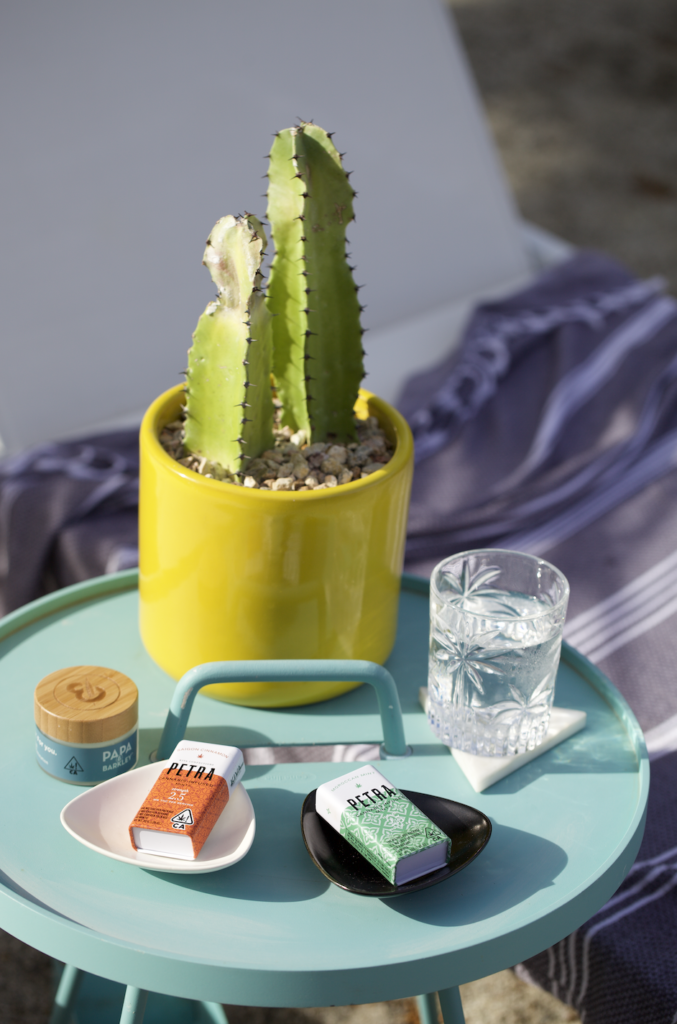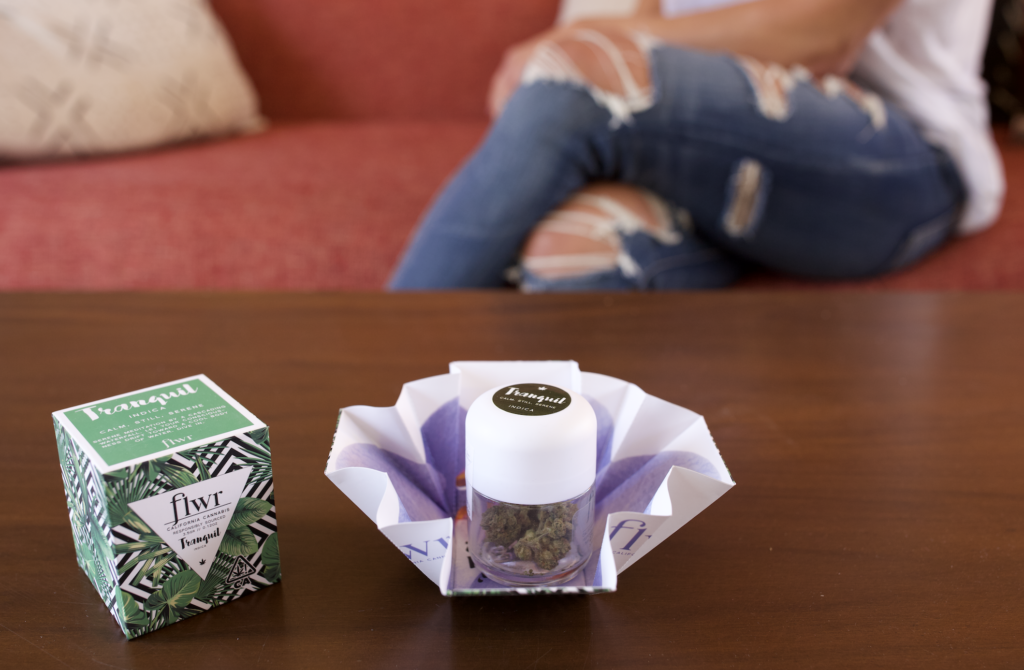Have you ever looked at a cannabis product label and wondered what are the differences between THC and CBD? How will my body react? Today we’ll discuss CBD vs THC, their differences, benefits and side effects.
We get it. The differences between the two can be confusing and your questions can become overwhelming. Don’t worry, this article will clear up everything you need to know about THC and CBD. Further ensuring you get the best results and most fun cannabis experience!
What is Cannabis?
Quick history lesson alert…
Cannabis was discovered around 1320 CE. In fact, the first discoverers of cannabis actually smoked cannabis in a pipe (we’re pretty sure these discoverers would have loved a variety of modern cannabis items like oils, cremes, and/or foods).
As you might surmise, cannabis is found in nature, it’s a plant! Helpfully, this plant can also be created and grown in a controlled environment. Imagine a very managed, powerful greenhouse.
Throughout time, fans of cannabis have adopted many nicknames – weed, pot, dope, Mary Jane, and marijuana. Any of these names are relevant. Choose your favorite!
Briefly, these finicky, smart plants are made up of 80-100 helpful cannabinoids. Want to know more about these cannabinoids? Check out our helpful article.
There are so many other acronyms associated with cannabis plants and cannabinoids. Here are the most common ones:
- THC = delta-9-tetrahydrocannabinol
- THCA = tetrahydrocannabinolic acid
- CBD = cannabidiol
- CBDA = cannabidiolic acid
- CBN = cannabinol
- CBG = cannabigerol
- CBC = cannabichromene
- CBL = cannabicyclol
Keep an eye out for these on product labels.
What is CBD?
Oh, snap! Around 1940 CBD was discovered. Quickly CBD gained popularity as a treatment for a range of medical conditions. Why? Well, it didn’t have the psychoactive effects associated with THC (discussed later). And CBD didn’t need a large amount of regulation.
Where does CBD come from?
It’s simple, CBD, the most prevalent cannabinoid found in the cannabis plant, can only be derived from marijuana or hemp plants. For people looking for a more mild reaction. CBD will contain small amounts of THC If it originates from the hemp plant.
What ailments has CBD been shown to treat?
Luckily, one study showed that CBD may relieve many different ailments. This happens because CBD affects the receptors of the endocannabinoid system (ECS).
This ECS helps regulate pain, mood, and memory, and many other physiological functions. Eventually, CBD and ECS will work in a symbiotic relationship.
CBD has shown promise in providing treatment (s) for the following common ailments:
- Anxiety
- Depression
- Inflammation
- Migraines
- Post-traumatic stress disorder (PTSD)
- Seizures
Side effects of CBD
Believe it or not, you can get some negative side effects from consuming too much CBD. These reactions are:
- dry mouth
- diarrhea
- reduced appetite
- drowsiness
- fatigue
As with anything originating from the cannabis plant, these negative reactions will be temporary. And don’t normally require medical attention.
What is THC?
Simply, THC is one of the main cannabinoids found in the cannabis plant. More than likely, THC will produce a psychoactive reaction. That is because THC targets the part of your brain that releases dopamine, the pleasure hormone. Who wouldn’t LOVE that?
Where is THC Found?
In short, Cannabis Sativa and cannabis Indica strains are responsible for the highest concentration of THC. Consumers should note, the average amount of THC is around 16%.
What ailments has THC been shown to treat?
There are expertly research drugs containing THC. Some are even FDA-approved. These products might help common ailments like:
- Glaucoma
- Insomnia
- Nausea: it may be helpful for alleviated nausea caused by cancer treatment
- Pain associated with conditions such as arthritis, fibromyalgia, and migraine headaches
- Poor appetite: including appetite problems caused by cancer treatment
- Tremors
Research shows some encouraging findings for other ailments and less common diseases.
What about the side effects of THC?
Have you ever felt so high, that you laughed so hard your cheeks hurt? Or you felt really hungry, tired, or silly? Maybe all of these reactions at the same time? It’s ok. We know these are all common and temporary (these reactions will subside around 10-24 hrs after last consumption) reactions to THC.
Here are some other common reactions to THC:
- Changes in mood and appetite
- Drowsiness
- Feelings of anxiety or other mood changes
- Nausea and dizziness
- Altered Judgement
- Impaired Coordination
- Increased heart rate
- Dry mouth
- Memory loss
- Troubling concentrating
A quick tip: Studies have shown that taking CBD along with THC might reduce some unwanted side effects (above). Advocates of this helpful combination have dubbed it, the “entourage effect”.
Our favorite ways to consume CBD and THC
Get ready to pick and choose your favorite way to ingest THC and CBD, there are a lot!
- Inhale – One of the most popular types of these product(s) are vaporizers. The selection is endless!
- Ingest – These are also known as edibles. These come in different flavors and textures.
- Topically – We have some really popular lotions with varying levels of CBD.
- Sublingually (aka under the tongue) – We refer to these as tinctures. To absorb, apply a few drops of CBD oil under your tongue. Experts consider this to be the fastest way to absorb CBD.
Importantly, we recommend consulting with a doctor about potential drug interactions. Everyone’s experience with cannabis will be different because everyone reacts differently.
CBD vs THC: differences, benefits side effects conclusion…
This information should start you on your safe and healthy journey to understand the differences and side effects of CBD vs THC! If you ever have any questions, feel free to <a href = “mailto: hello@flowermarket.delivery”>reach out to us!</a>






